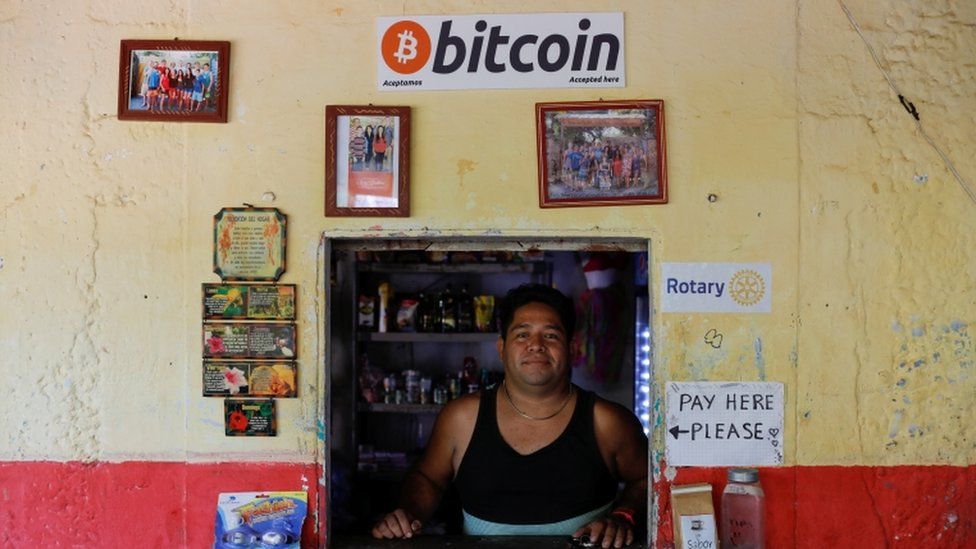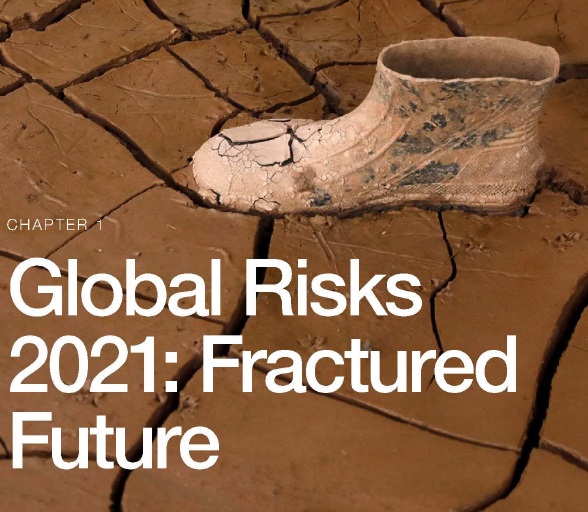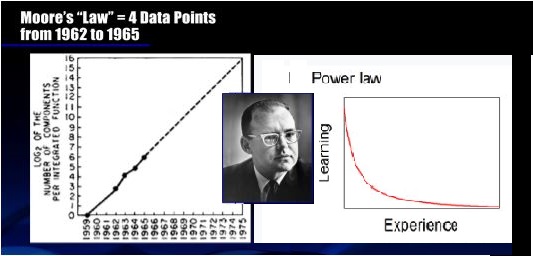Okay!. So the Obama administration left the incoming Trump administration several scenarios for them to think about. No evidence as to what happened to the final report. But apparently, it showed everything that we have seen since November in China, and the first outbreaks outside of China. The result was a world-wide pandemic. Overwhelming the US with supply shortages and patent overflows. What happened to the final report? The early warning signposts? The disaster (recovery) plans?
We did a blog post about the military planning scenarios that would have realized a pandemic as an act of war… Or, even if it wasn’t caused by an act of war, the resulting story line would be similar. And, of course, if the pandemic started elsewhere, there would signals and signposts, in the jargon of Shell related to early warning signs in scenario planning.
A major country should be doing military scenario planning for several topics. None is quite as huge and integrated as climate change. Look at this report produced by The National Security, Military, And Intelligence Panel on Climate Change (NSMIP, February 2020), A Security Threat Assessment of Global Climate Change: How Likely Warming Scenarios Indicate a Catastrophic Security Future. It doesn’t seem possible that the US would not have a plan like this for a pandemic? It also doesn’t seem possible that the US would not have multiple plans for economic recession, no matter the cause. Since we missed the boat on the pandemic, hopefully we didn’t miss planning for a recession… However, this recession is like none we have ever had before. Kind of like turning the switch off on most of the economy for a while. (How long is a “while” is a $4T question?)
Kiaser Health News did a composite of highlights from several articles about the Trump transition team and how badly they apparently failed in the Pandemic exercise: How A Crisis Simulation Run Before Trump’s Inauguration By Obama’s Team Eerily Mirrors Current Outbreak!
November in China. By December, the military and health official had to know that expansion into a global pandemic was was not only possible, but likely. In Florida, when we see a Hurricane coming, we dust off all of our contingency plans for the businesses and start buying toilet paper and canned goods. We make sure that we have lots of jugs to fill with water if needed (no need to buy water, by the way).
Did the military and health officials simply forget to mention these things up the chain of command, or — apparently more likely — did the higher-up-the-chain-of-command not listen? What the hell happened to the results of the simulation? Did it take the path of anything and everything that Obama did/mentioned/signed/said, flushed down the toilet?








